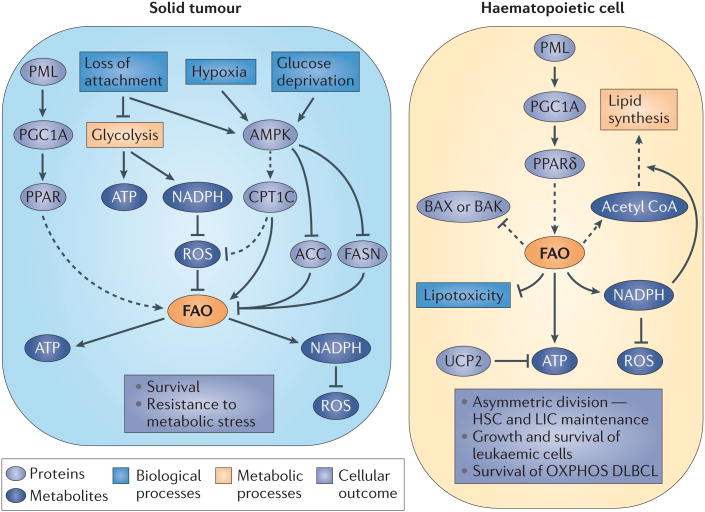Figure 3. Summary of the regulation of FAO and its effect on cell fate in cancer cells from different origins.
Activation of fatty acid oxidation (FAO) by upstream (AMP kinase (AMPK) and promyelocytic leukaemia (PML)–peroxisome proliferator-activated receptor (PPAR) pathways) regulators is shown, and the FAO products relevant for cancer cell function are indicated, together with the biological outcomes derived from FAO activation. Dashed arrows represent indirect effects or serial reactions. ACC, acetyl CoA carboxylase; CPT1, carnitine palmitoyltrans-ferase; DLBCL, diffuse large B cell lymphoma; FASN, fatty acid synthase; G6PDH, glucose-6-phosphate dehydrogenase; HSC, haematopoietic stem cell; LIC, leukaemia-initiating cell; OXPHOS, oxidative phosphorylation; PGC1A, PPARγ coactivator 1α; ROS, reactive oxygen species; UCP, uncoupling protein.

